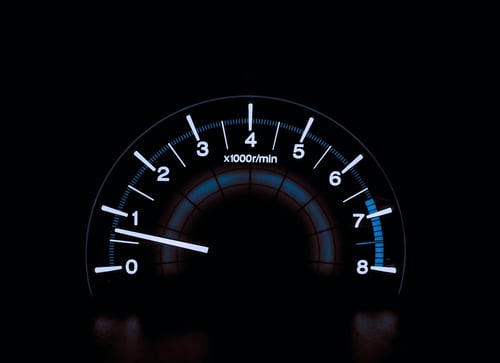 In modern workshops, the motorbike test bench is now a fundamental tool for guaranteeing vehicle fine-tuning to an exceptional level.
In modern workshops, the motorbike test bench is now a fundamental tool for guaranteeing vehicle fine-tuning to an exceptional level.
Today, it is what allows the work of mechanics to be checked and certified.
Let’s find out more about its use and components in the article.
What is a motorbike test bench?
A motorbike test bench is a tool used to check mechanical features in order to make custom modifications for each specific vehicle, where necessary.
This tool makes it possible to calculate:
- friction generated between wheel and rollers
- friction of the secondary drive belt
- friction of the primary or secondary gearbox shaft
All these values added to the calculated wheel power, also acquired via the test bench, will provide important information on shaft power.
In a cutting-edge motorbike workshop, test benches are also able to gather information on torque and consumption.
Through analyses carried out with this tool, mechanics can work on fine-tuning the air/fuel ration in the cylinders - in other words, carburetion.
This makes it possible to carry out highly accurate work on settings, checking that each cylinder is perfectly tuned to guarantee the motorbike has the highest levels of efficiency and performance.
The components of a standard motorbike test bench are:
- a roller of considerable size and weight (diameter of around 50 cm per 150 kg mass)
- electronic modification module
- load cell and/or speed tester of the roller itself
- current loads
These last, generally eddy current loads, ensure engine braking, thus allowing accurate results to be obtained while also guaranteeing repeatability.
The different kinds of motorbike test bench
There are different kinds of bench:
- single roller
- double roller
- dynamometric
- inertia
Let’s take a closer look!

Benches with a single roller are the more traditional kind, and, unlike those with two rollers which offer dual support, they place the tyre under more stress.
Dynamometric benches feature load cells powered by magnets which make it possible to brake the rollers, ensuring accurate, consistent readings.
Inertia benches are generally single-roller and calculate the inertia of a mass - connected to the roller - which is then rotated: measurements are obtained by calculating the average of the results generated by various launches.
Mapping
Mapping provides data that can be analysed to improve motorbike efficiency. It is carried out in several stages.
First, the vehicle is loaded onto the test bench and is secured ready for the launch.
Special sensors are attached to the wheels (usually the rear wheels) to take accurate measurements.
After carrying out one or more launches, the results are compared with the map to which the motorbike is known to conform (usually that provided by the manufacturer).
It is now possible to identify where the motorbike needs any implementation, so that a new map can be created that is tailor-made to the motorbike being analysed.
Mechanics advise not to install additional components, because acting on the original unit allows more parameters to be modified and more accurate operations to be carried out.
The motorbike test bench is without doubt an essential tool to include in your workshop, as it allows you to deliver to your clients optimised vehicles ready to achieve their full potential in terms of performance.
Whether you are thinking of modernising your workshop or building a new one, design is key, and the experts at KIRO are always on hand to help you understand how to make the best use of your available space and which tools and equipment you absolutely can’t do without in your workshop.
Request your free, no-obligation consultation now:
